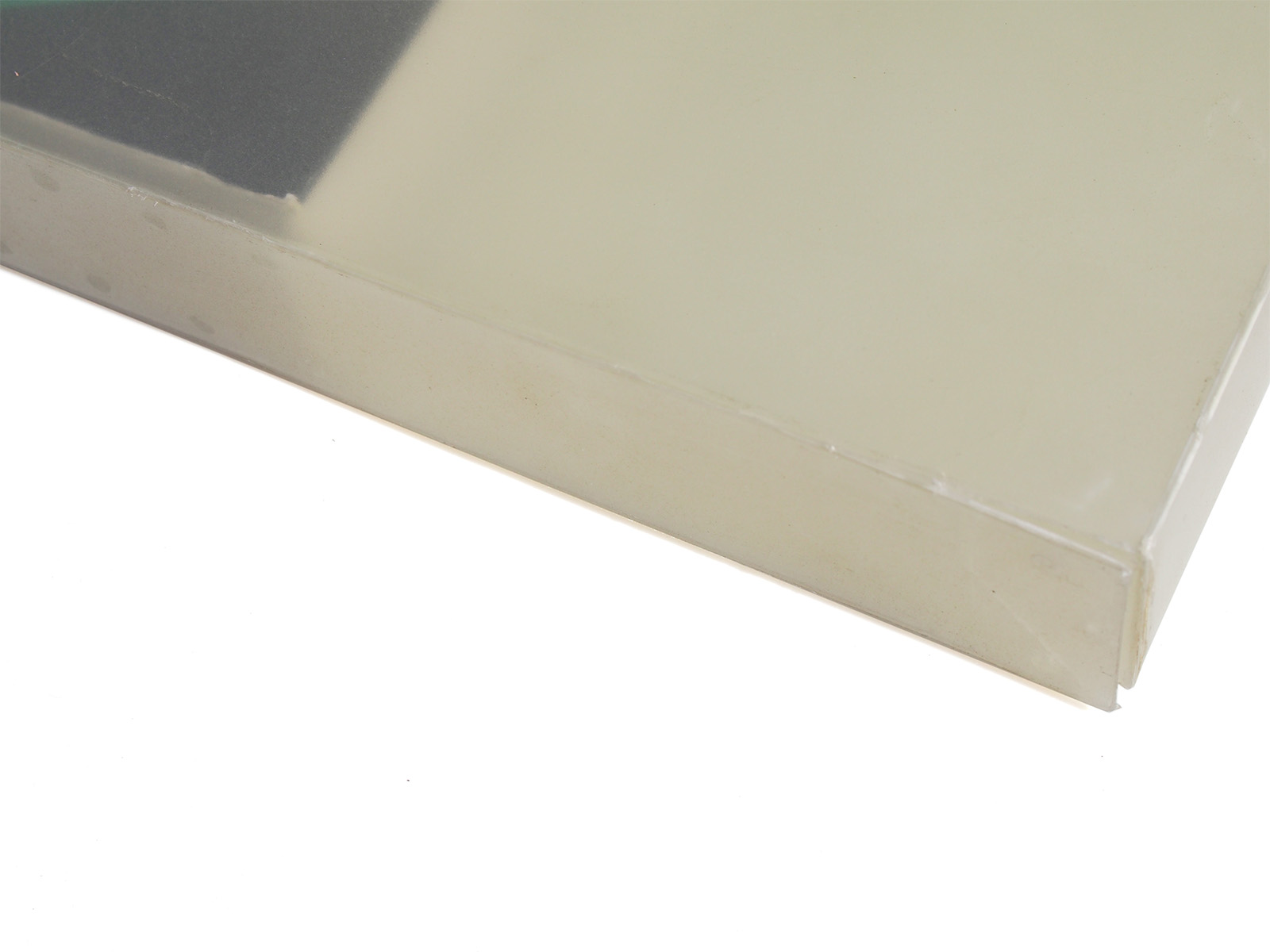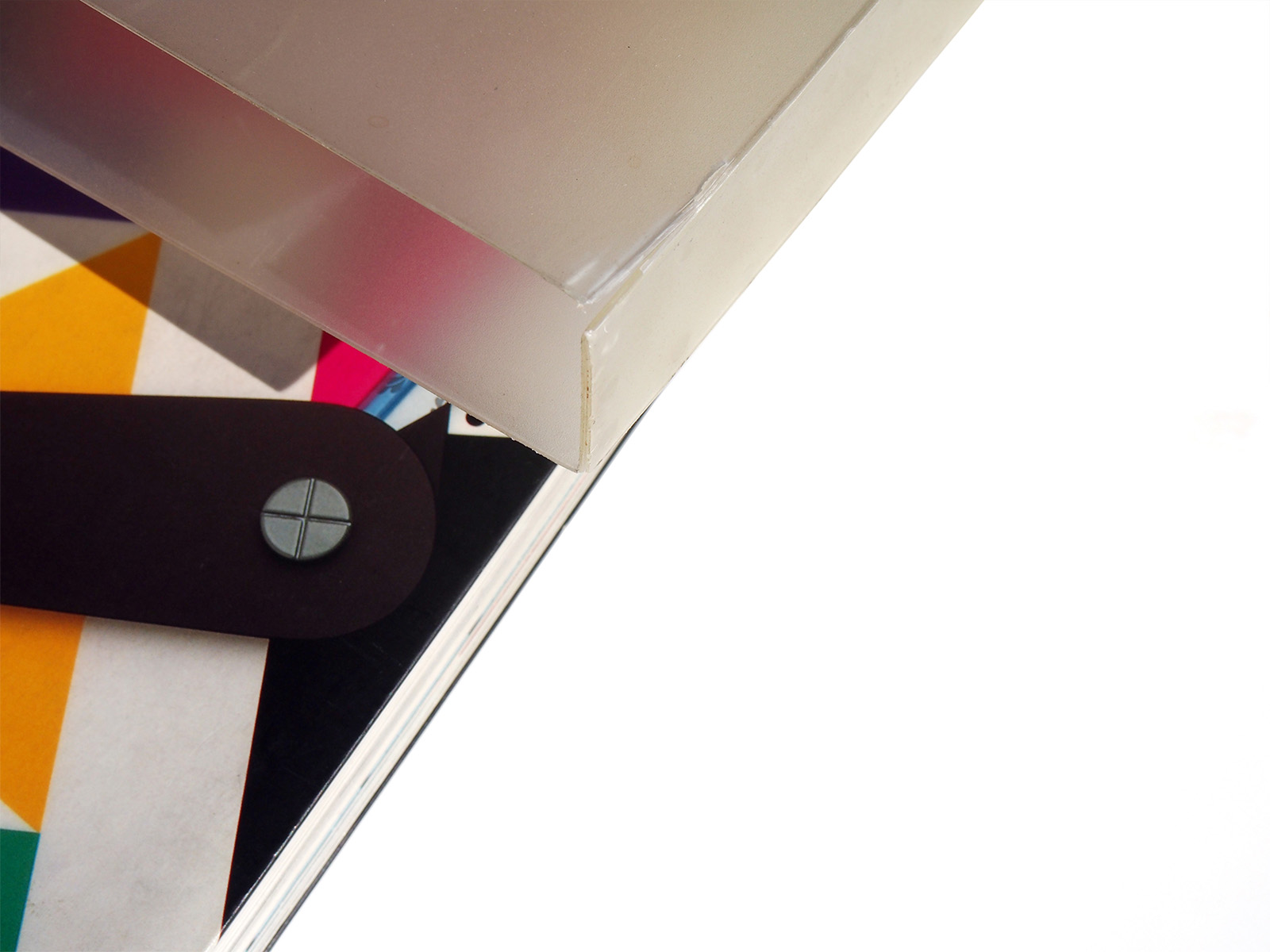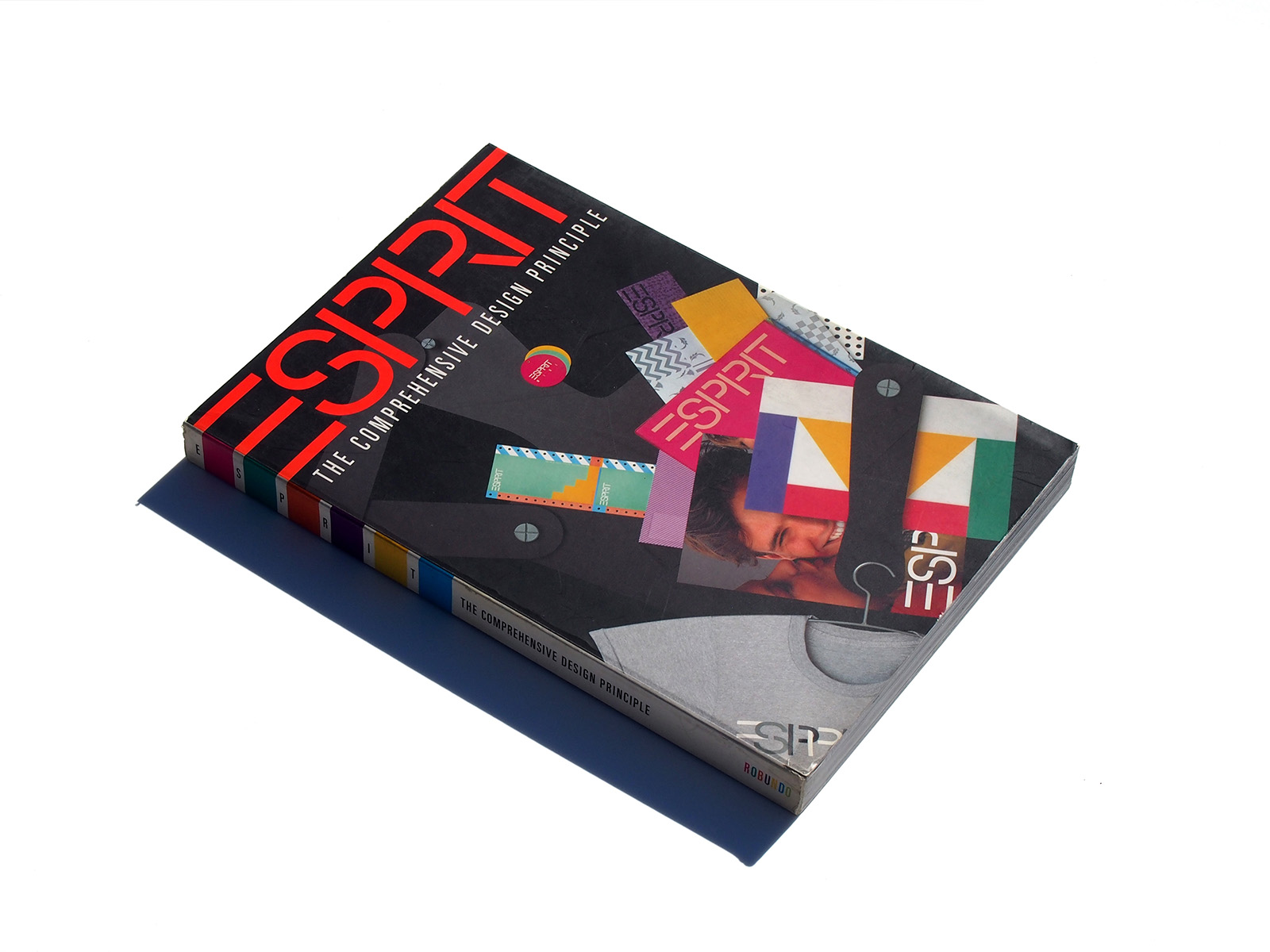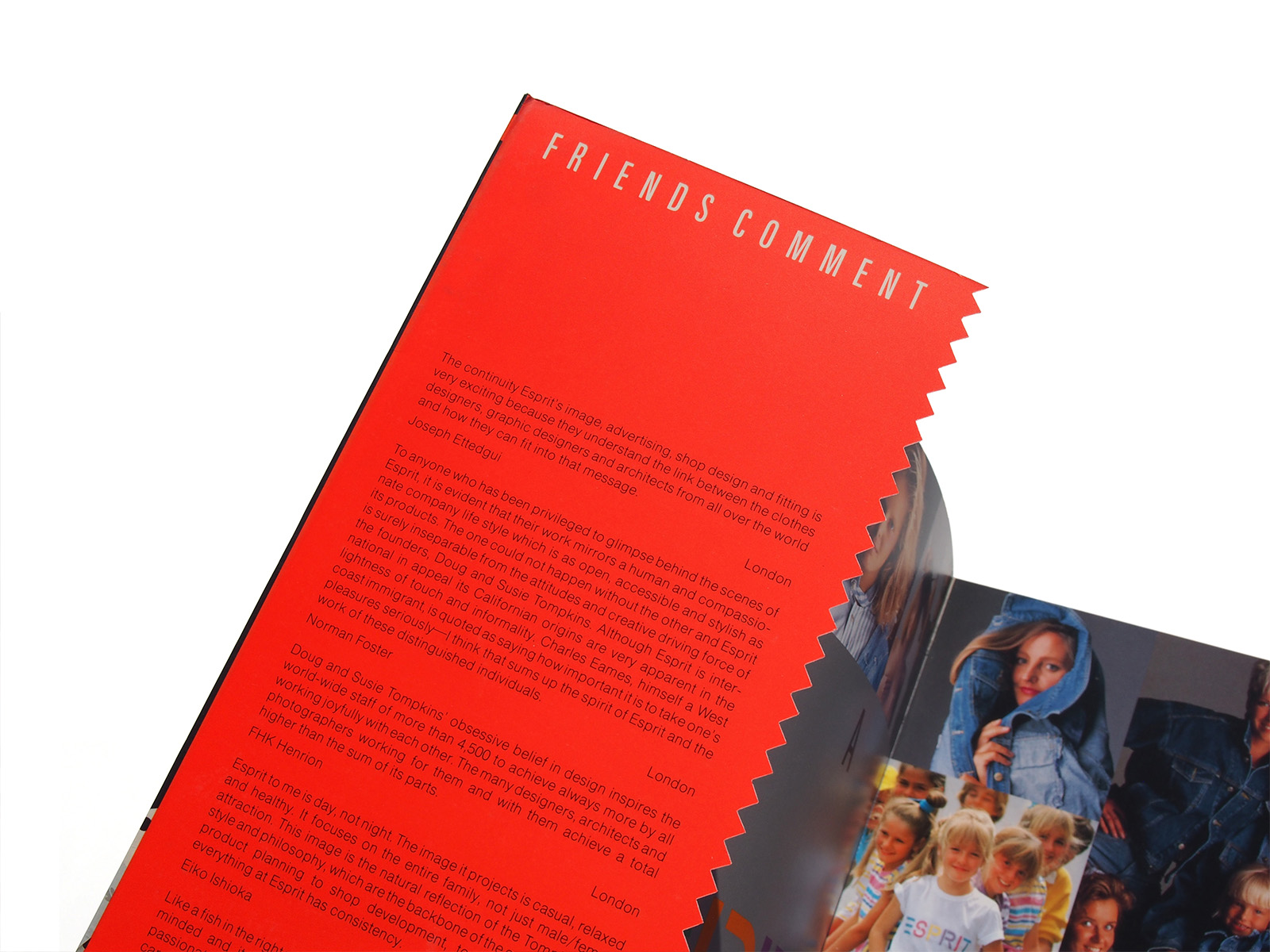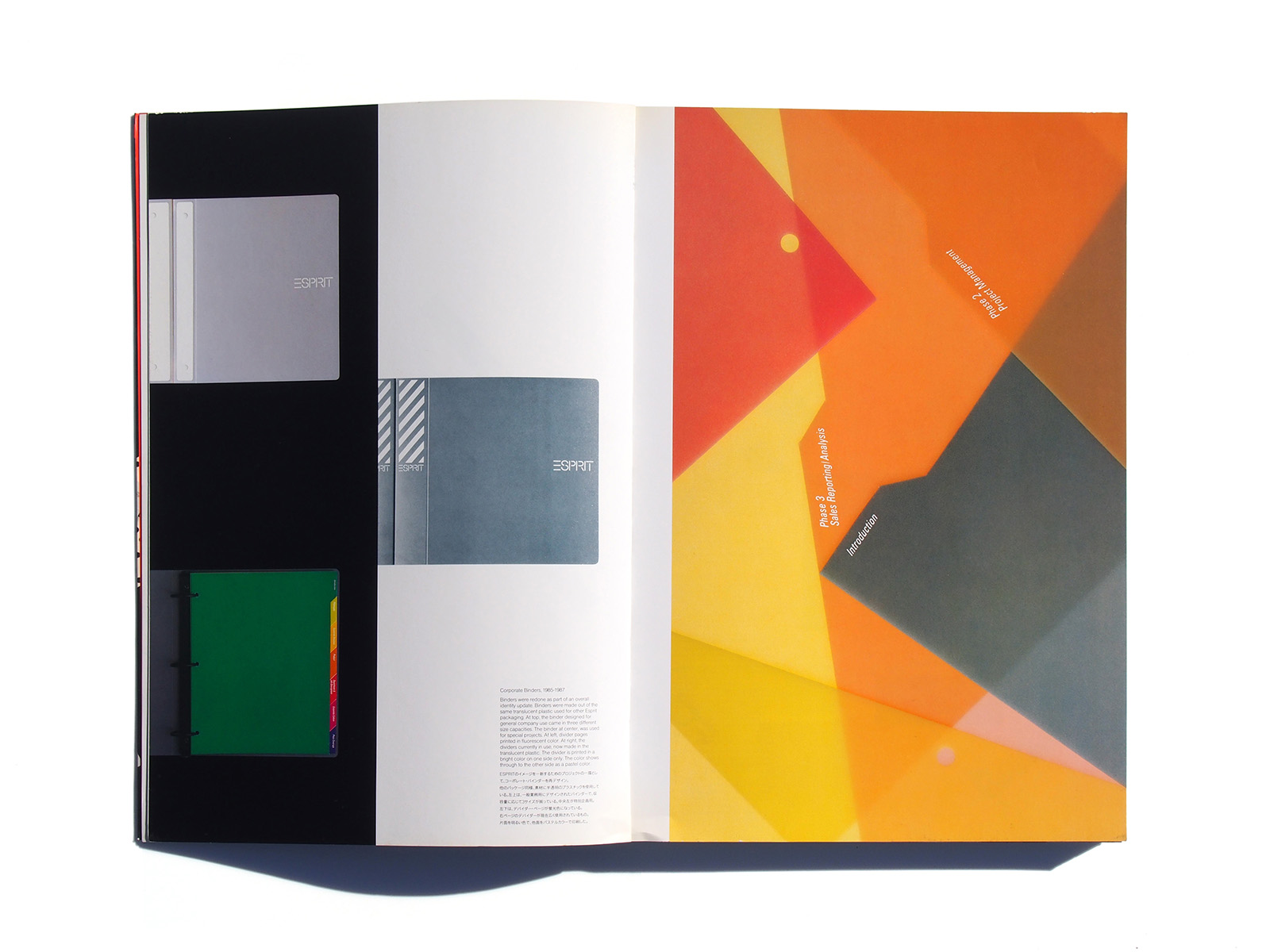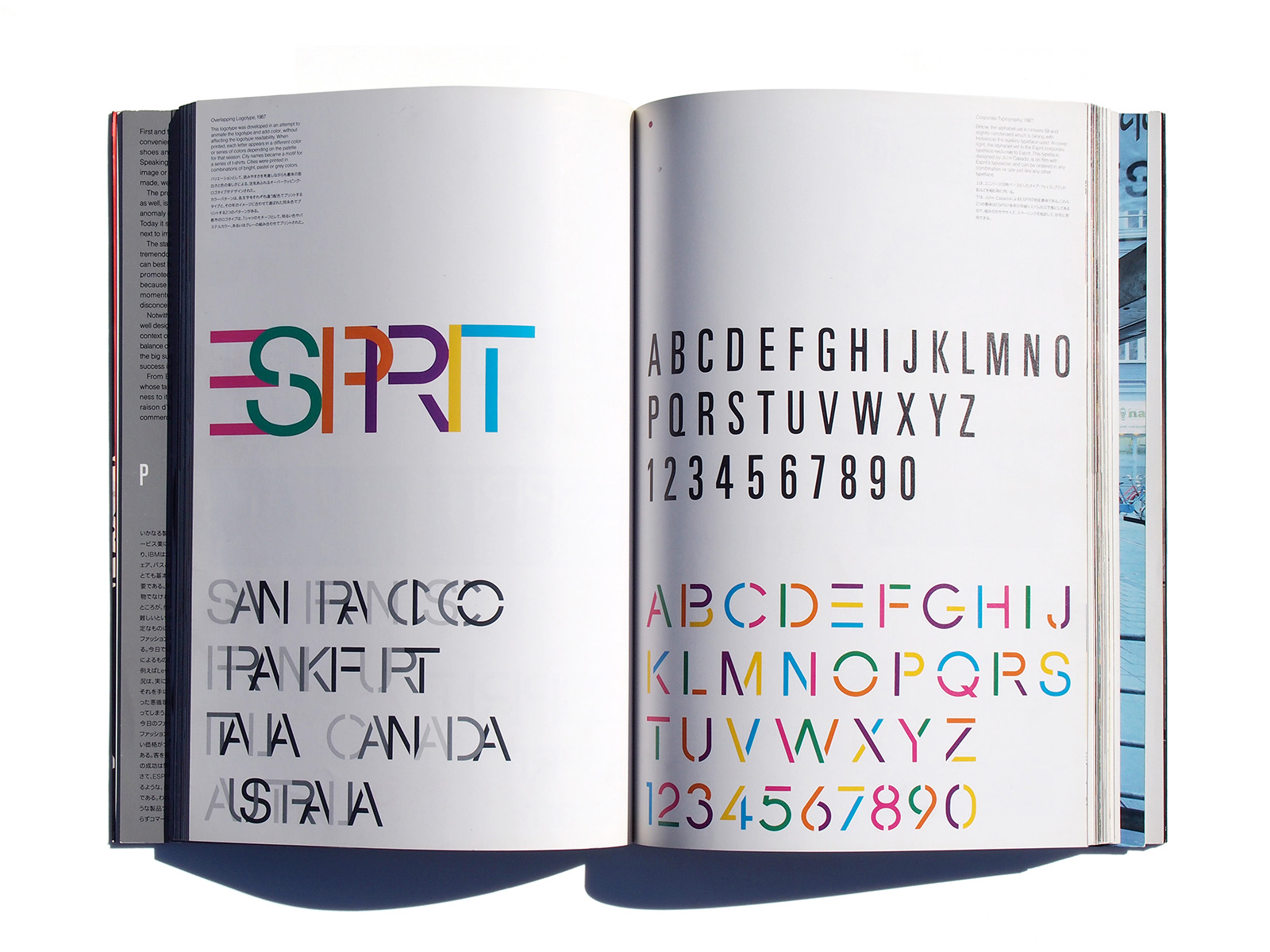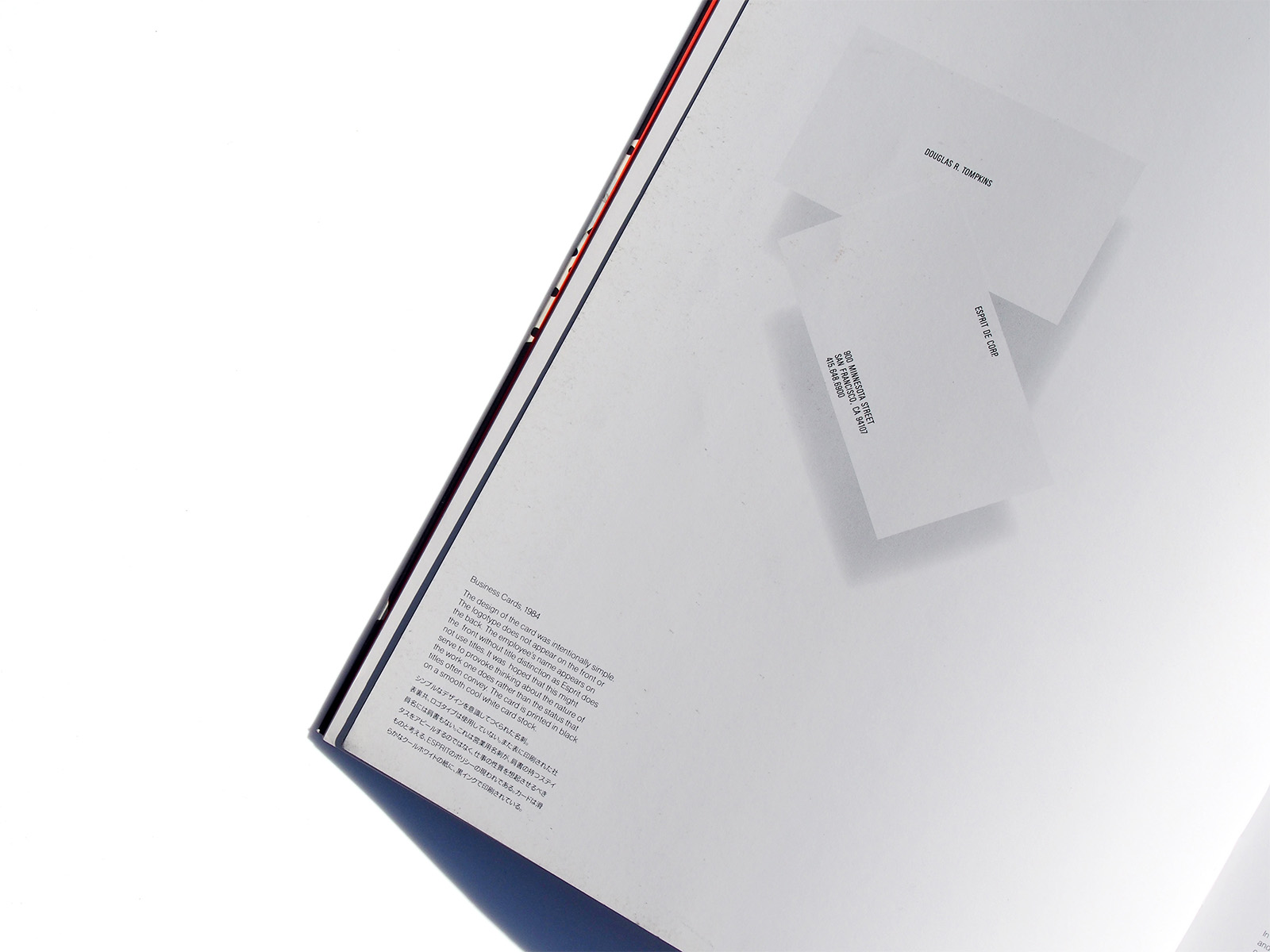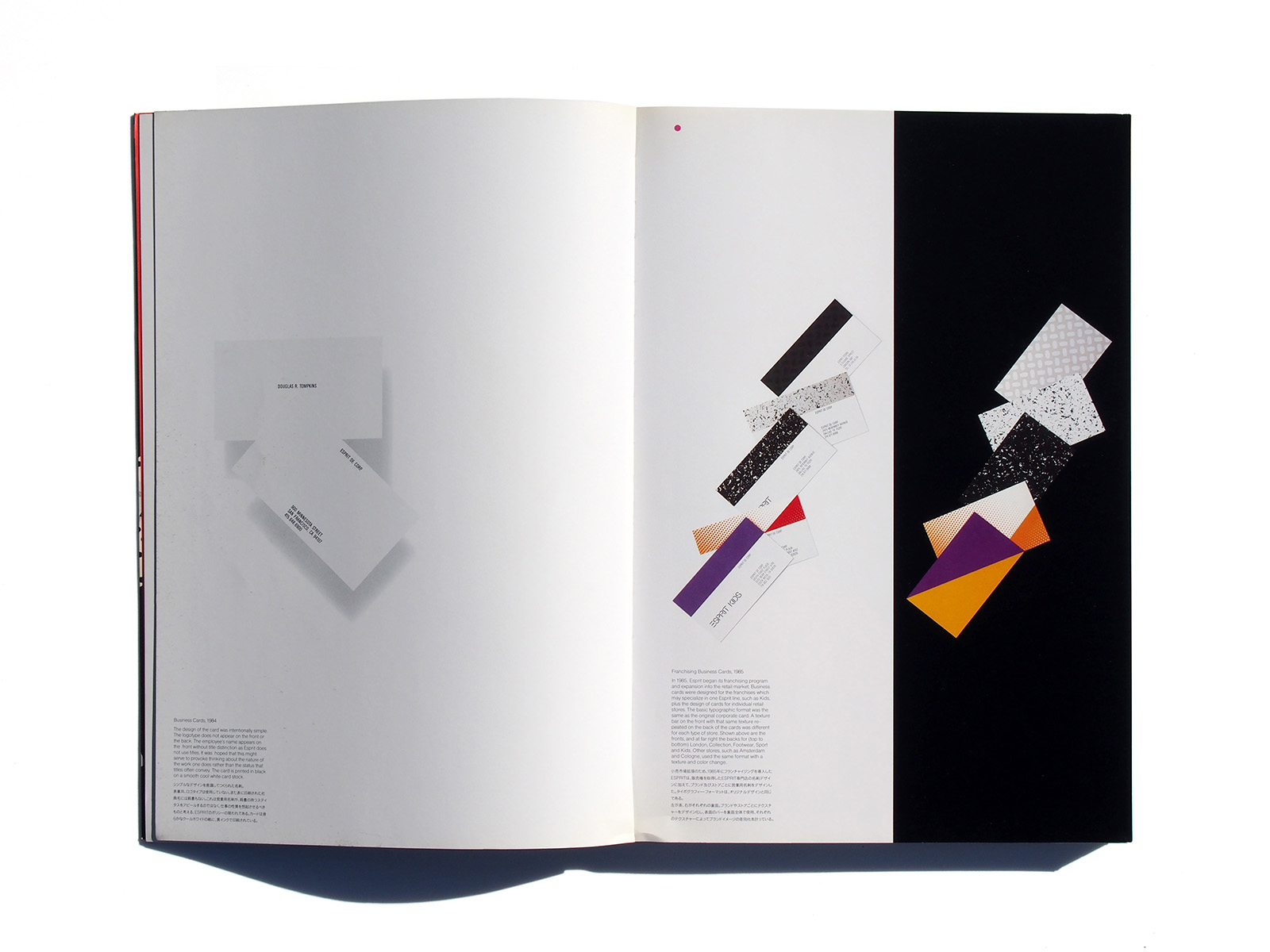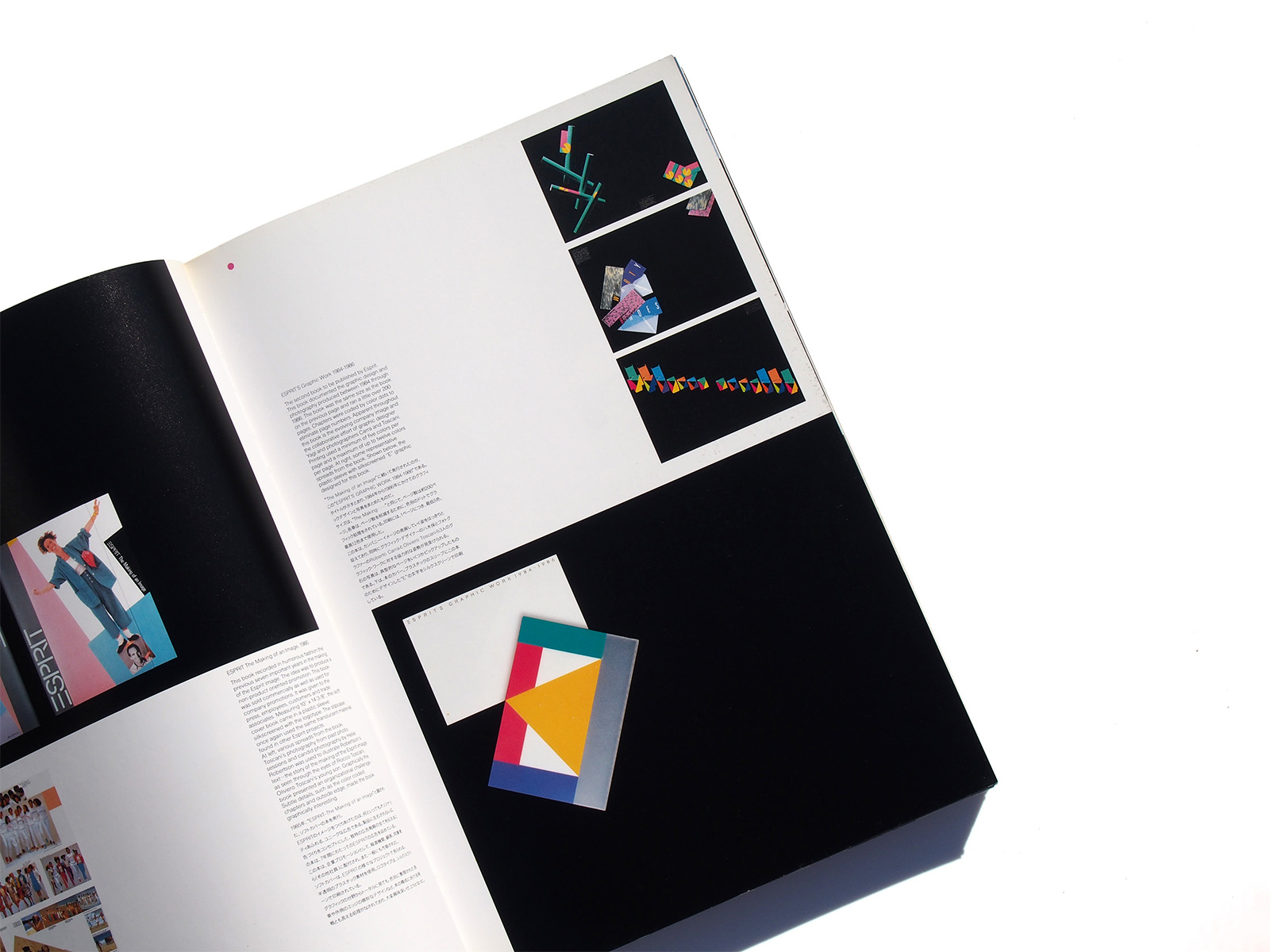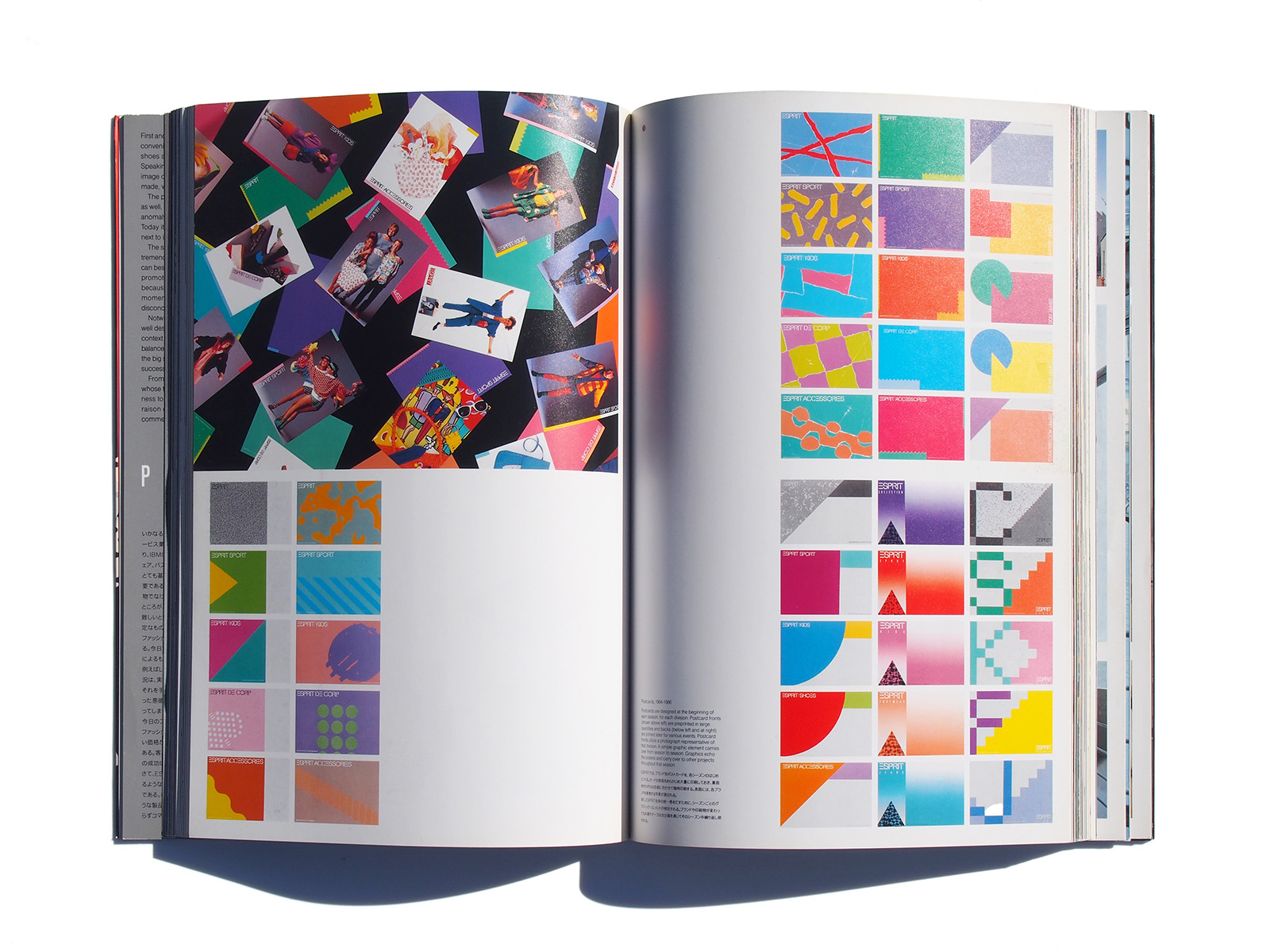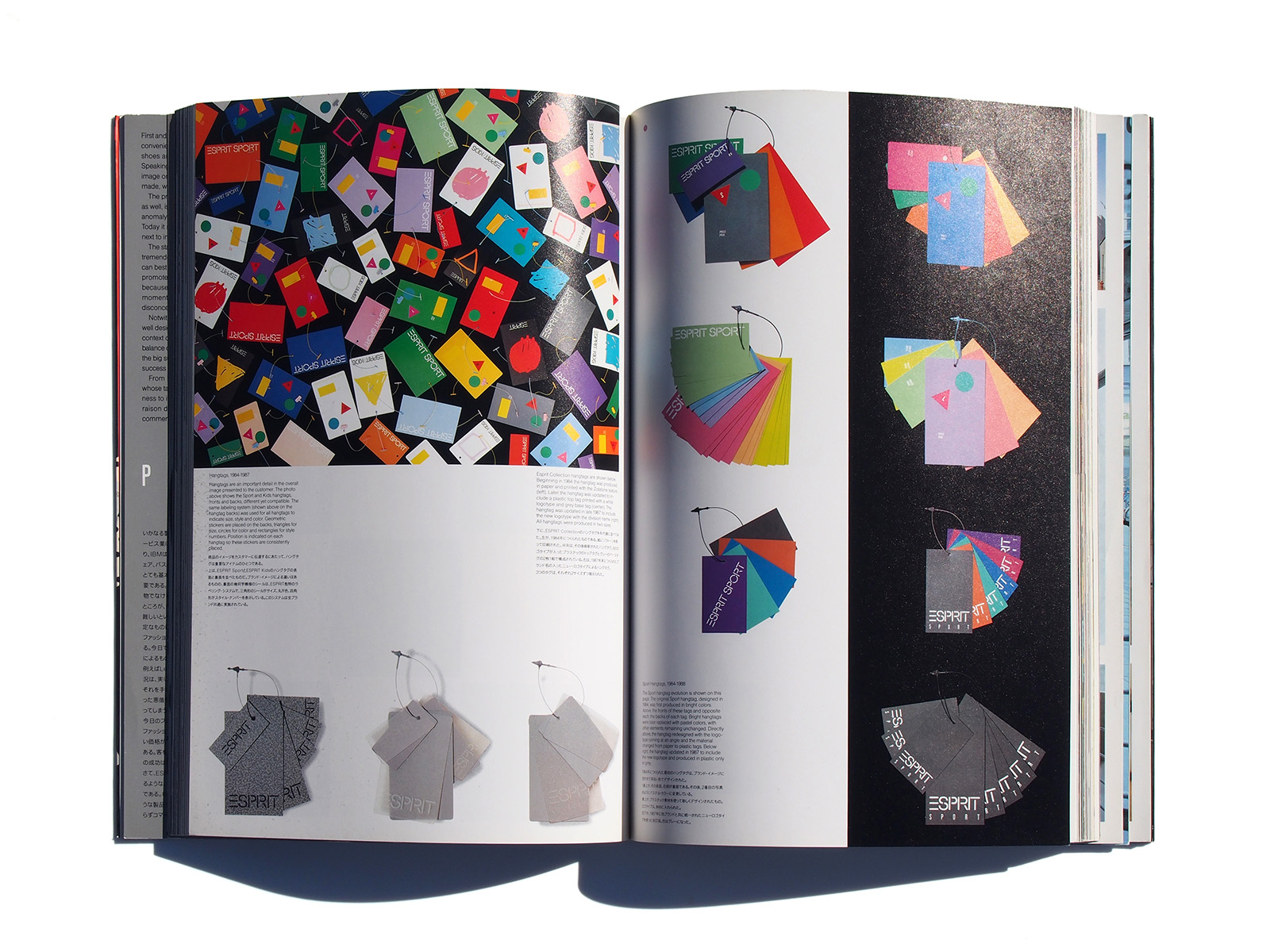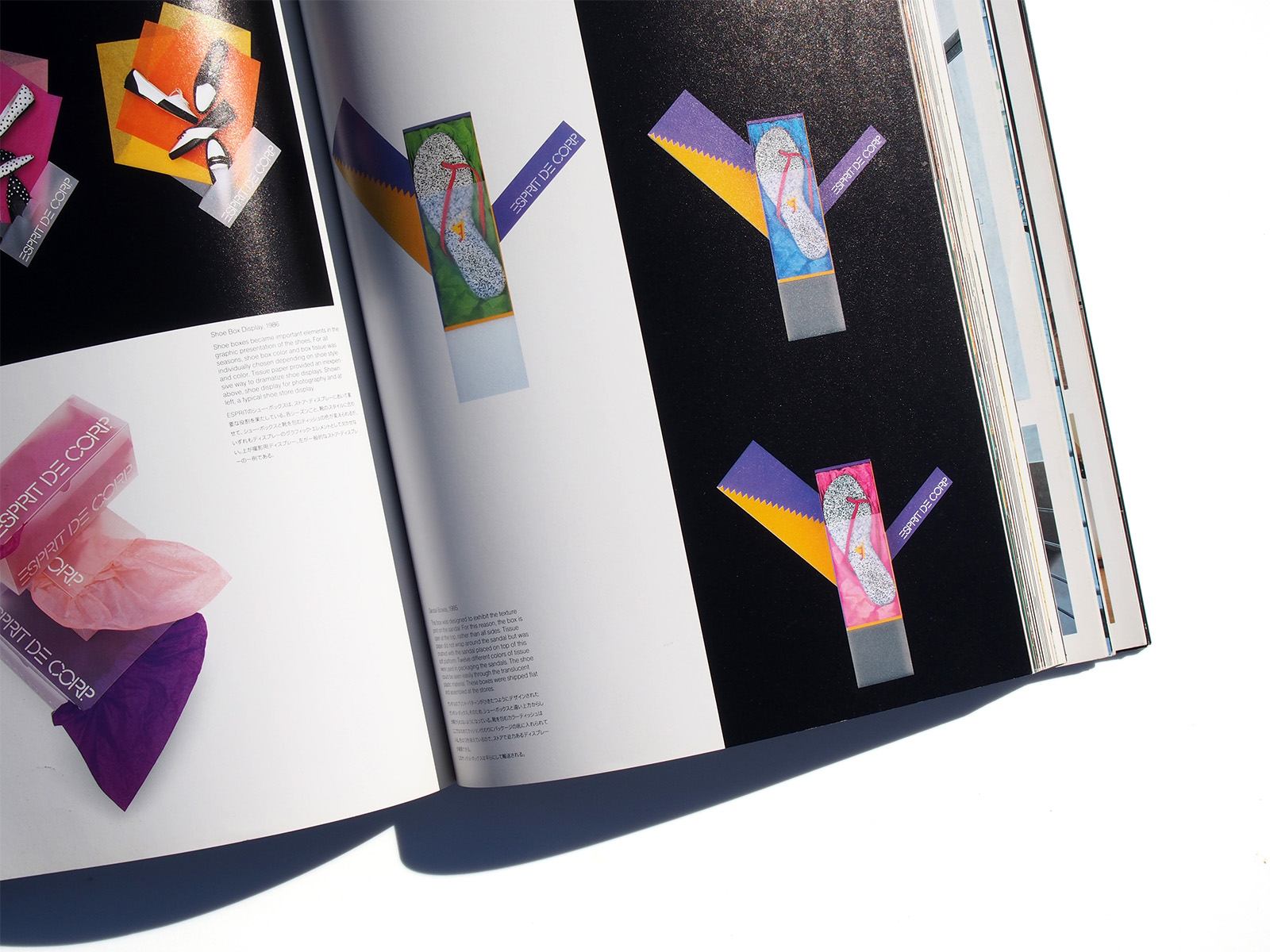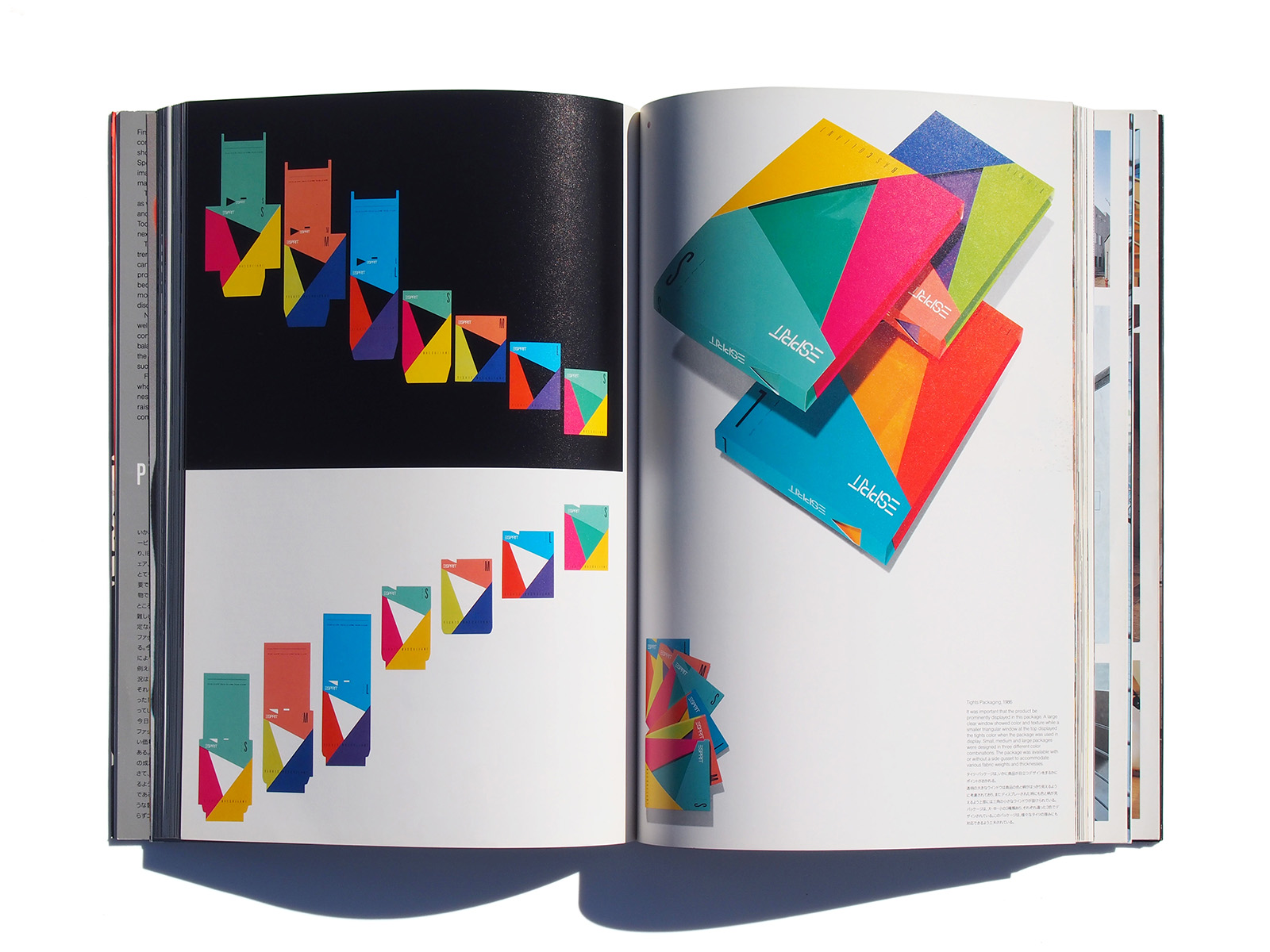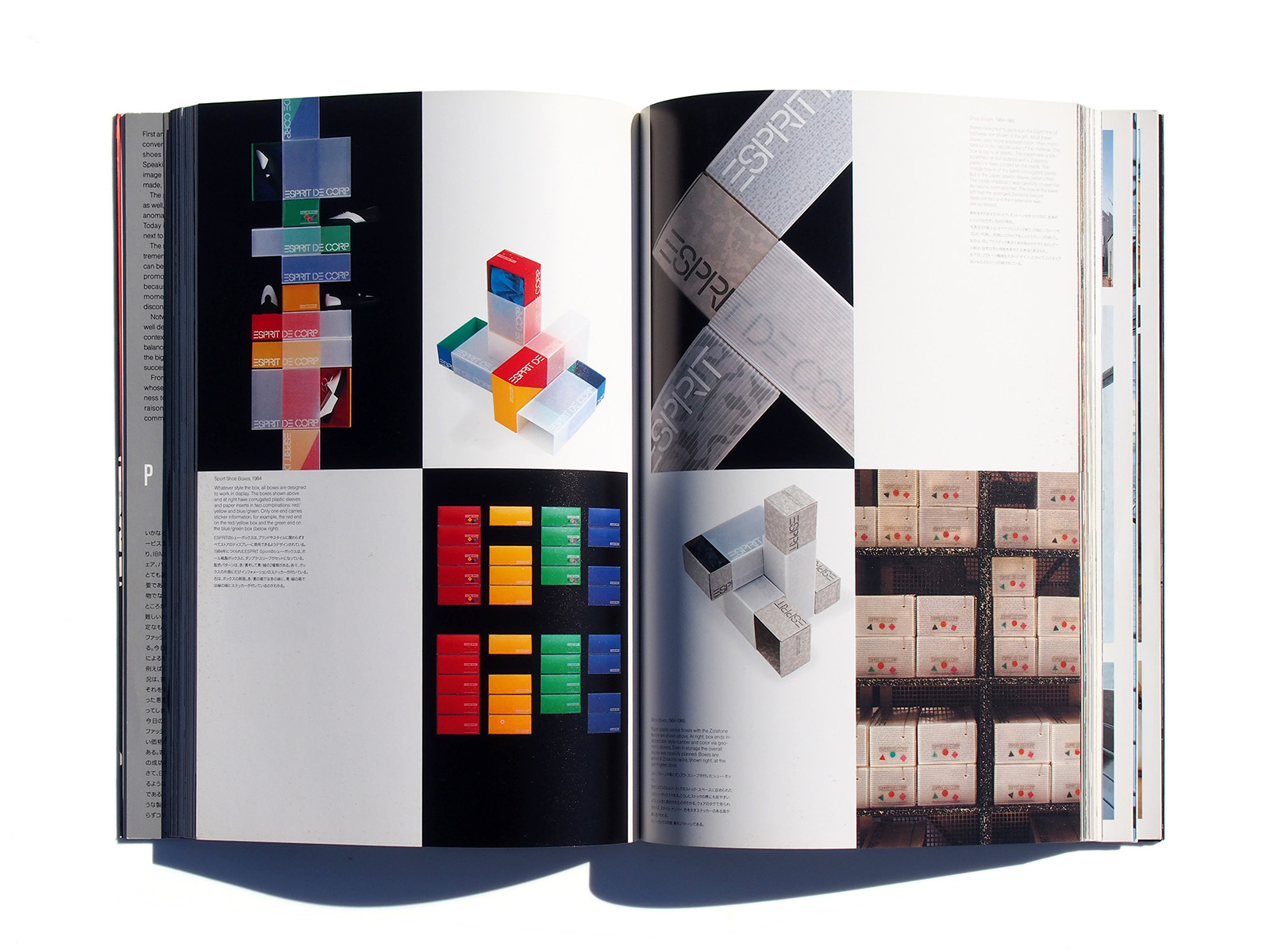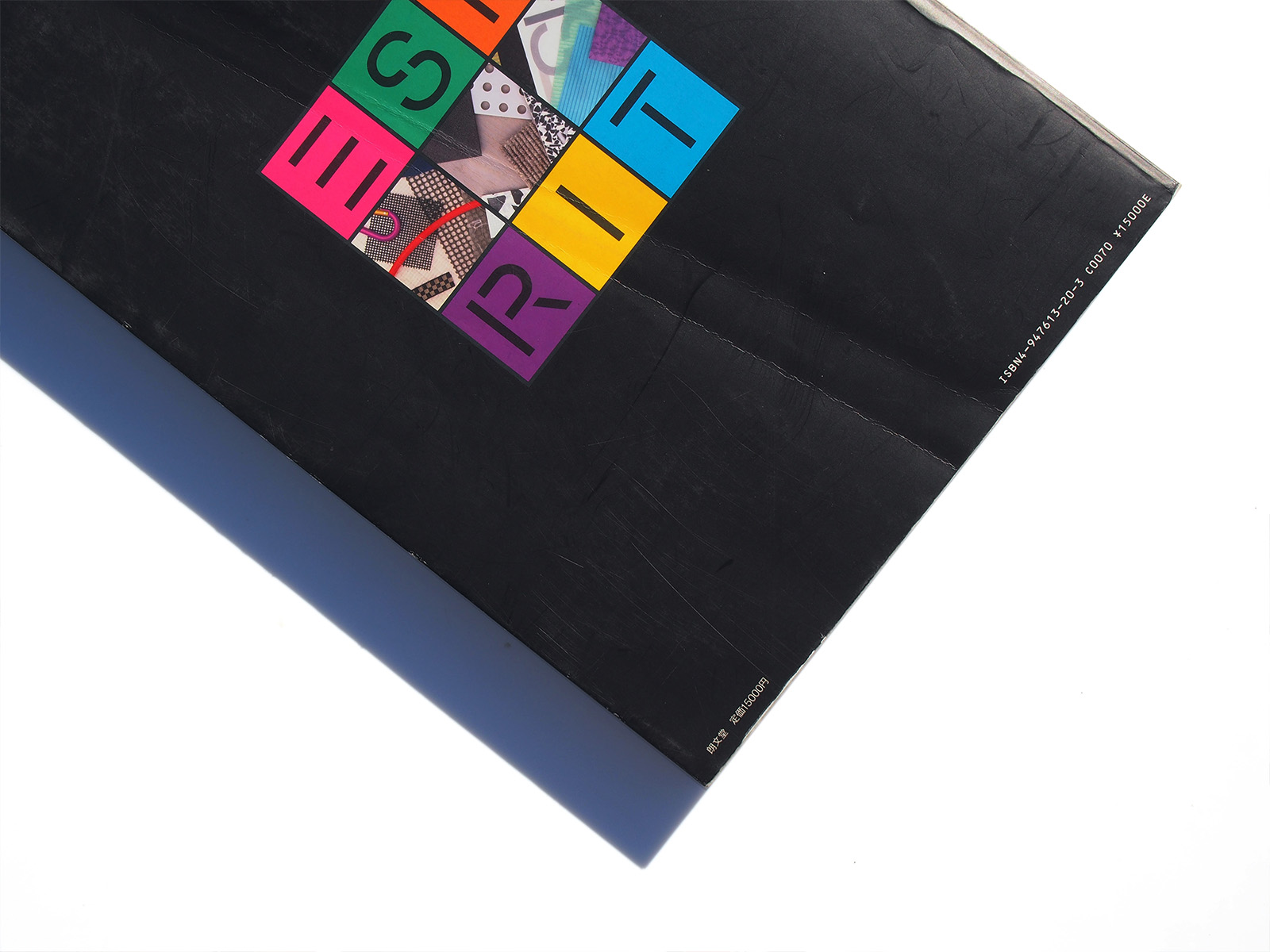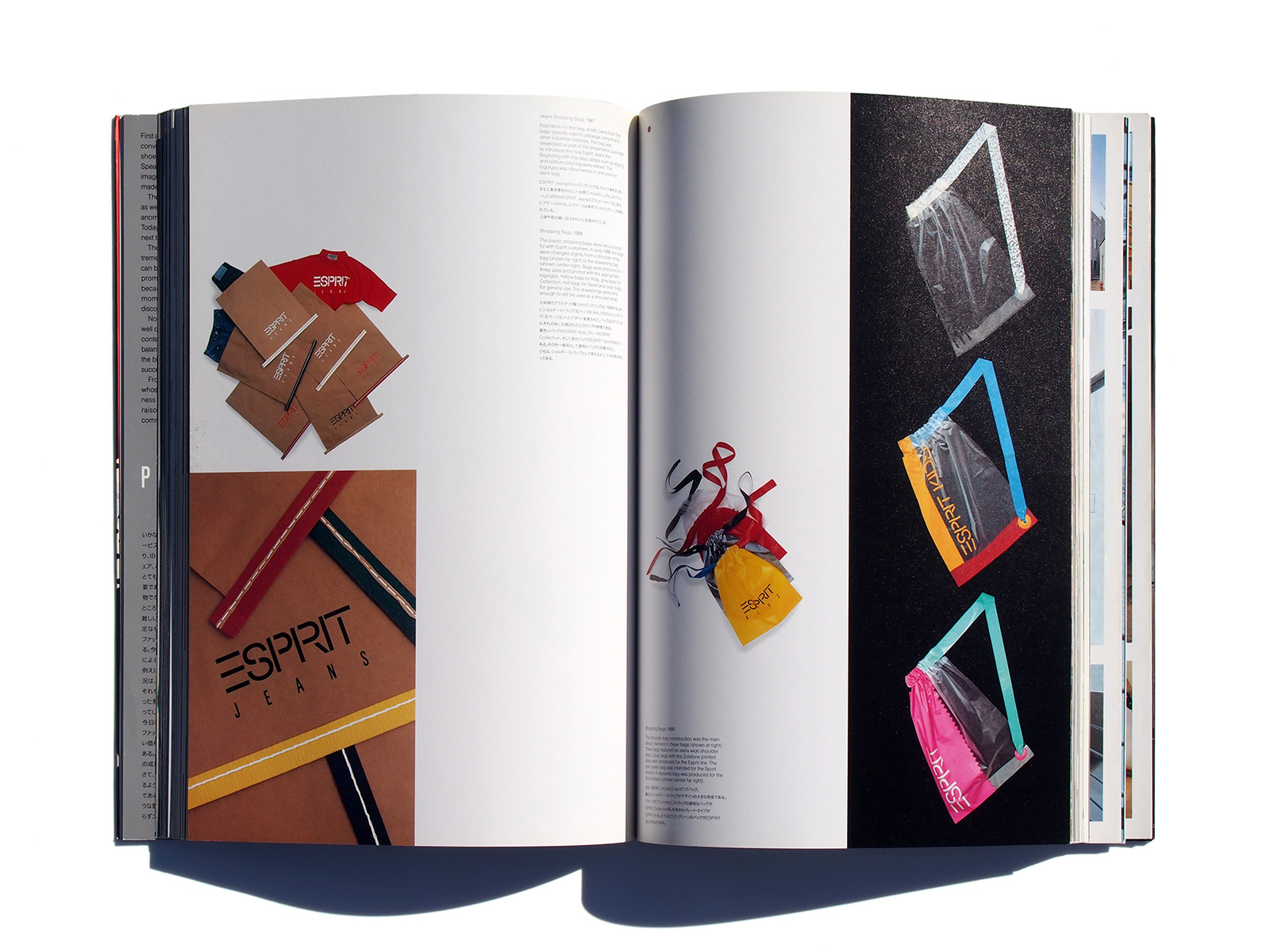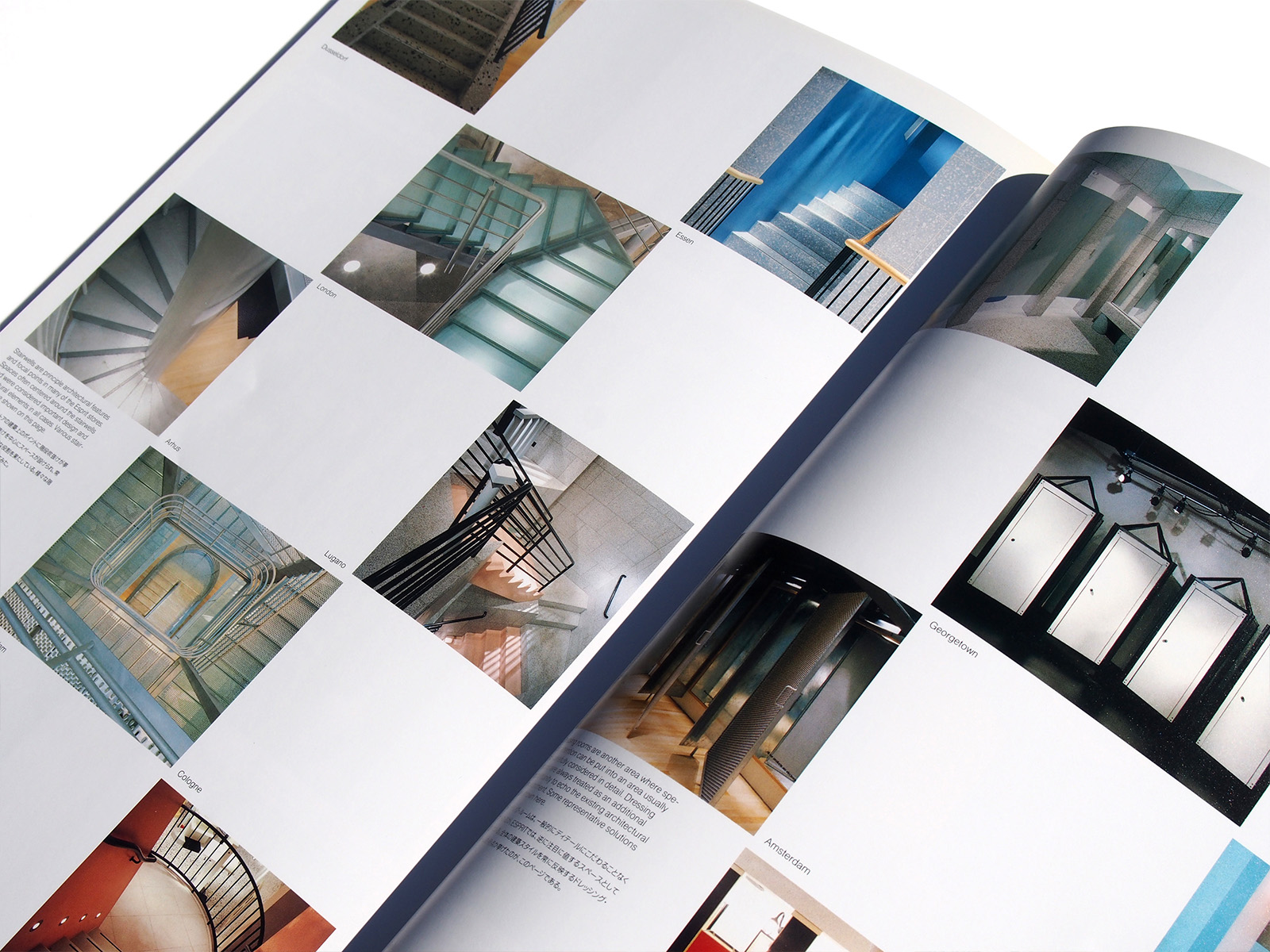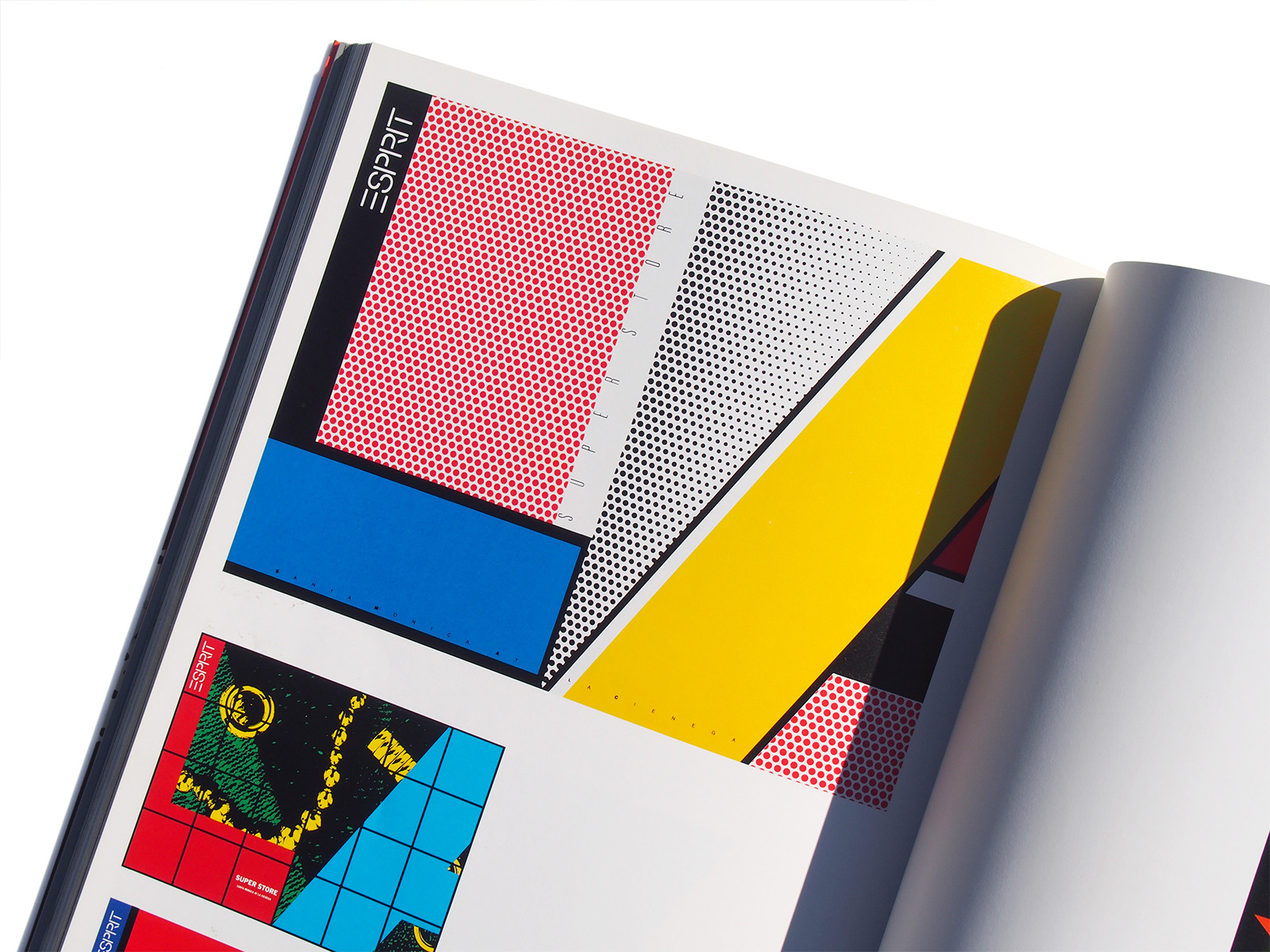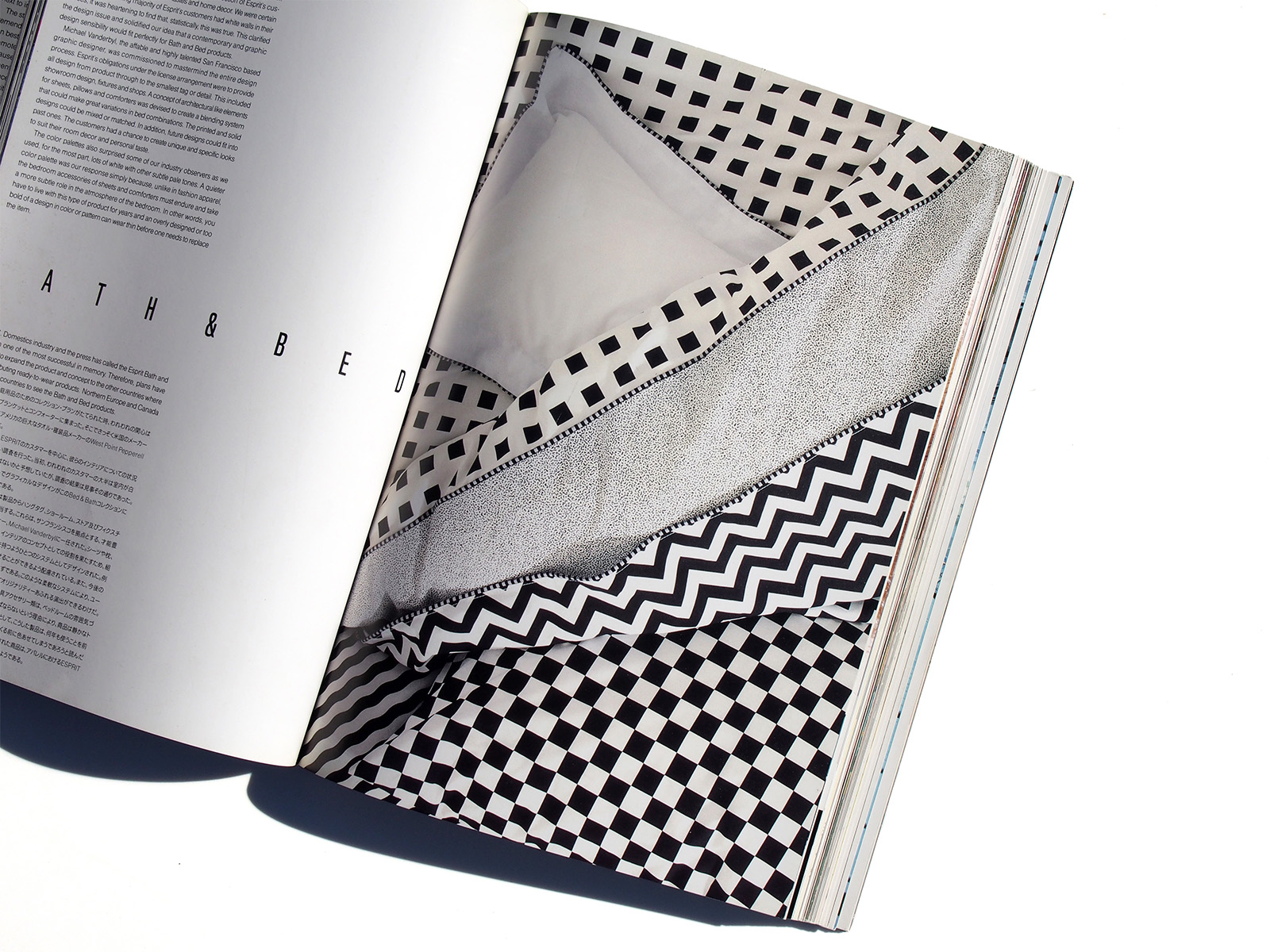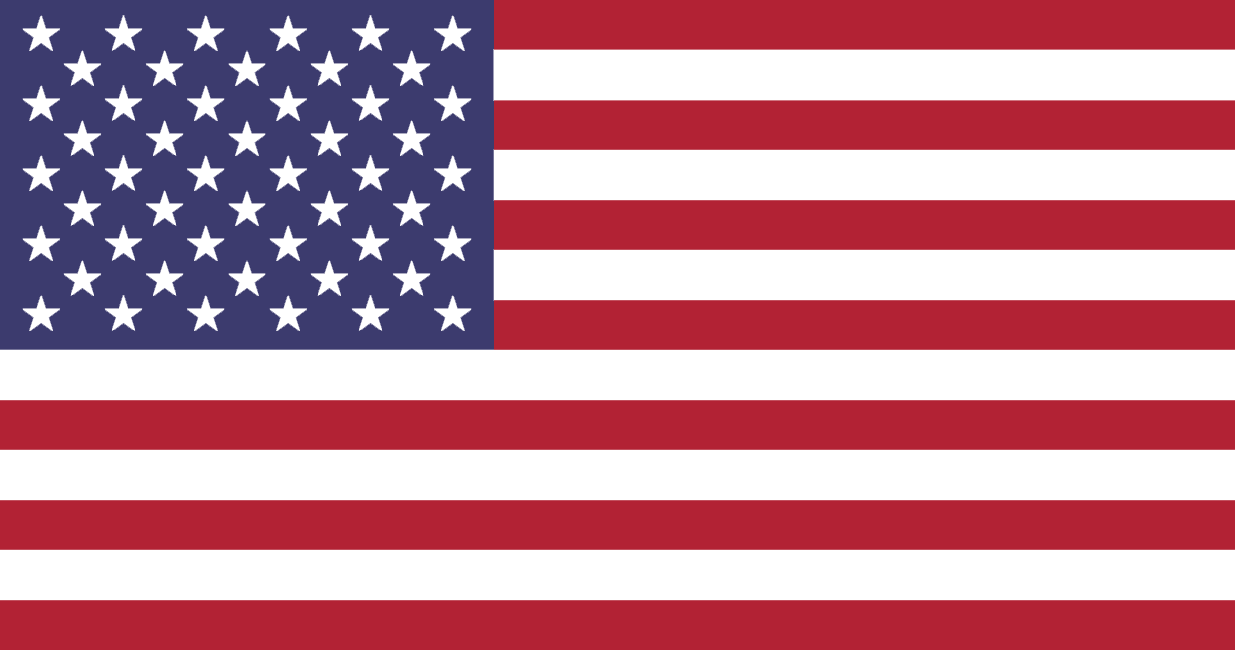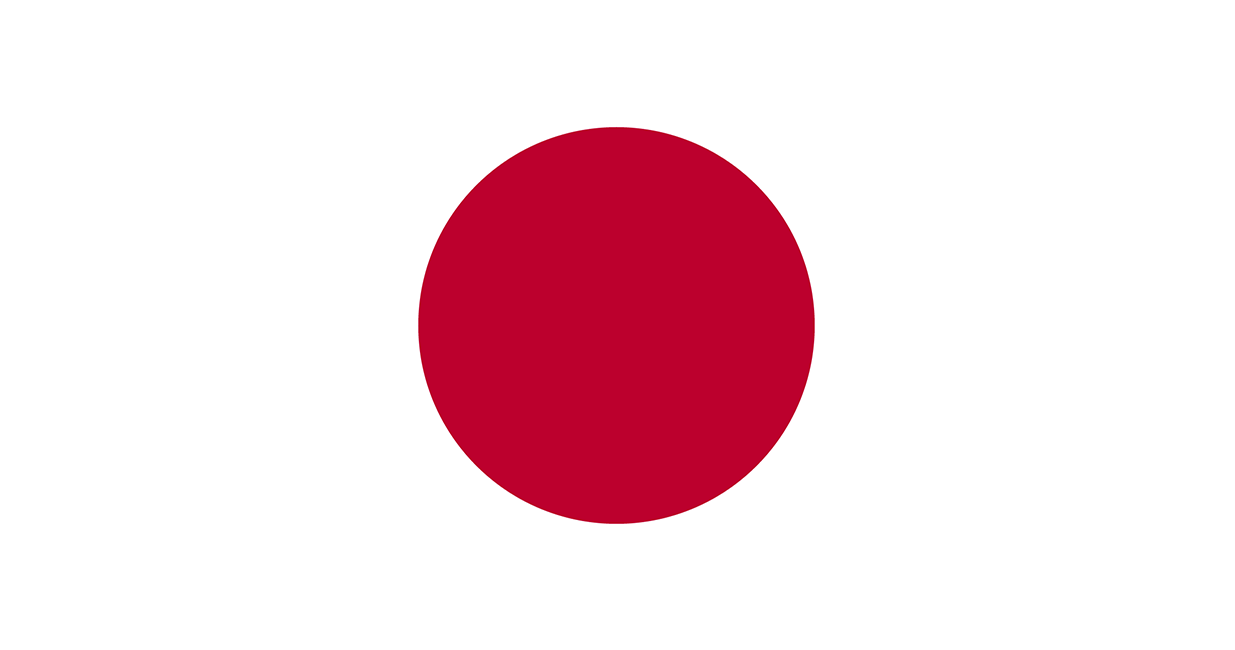Publisher: Robundo
Language: English Japanese
ISBN-10: 4947613203
ISBN-13: 978-4947613202
Product Dimensions: 37.4 x 25.8 x 3.4 cm
Release Date: 1989
Price: sold
Fashion by its very nature is an ephemeral idea. To design towards this concept is often a harrowing experience, if not a hazardous business venture. Yet to many this is the fascination that draws people into the industry. Those of us who are in it love the excitement, but are forever frightened by the intangible and often intransient nature of the publics imagination. To ward off the dangers of losing cachet in a busineSS that can be overwhelmingly image oriented becomes almost the single most preoccupying objective, especially to established brands. The design problem thuS revolves around this issue with continuous pressures being exerted by business and economic factors to complicate the process. What does all this mean? In Short, the fashion game is a tough one and few survive more than a decade or at least generation. Rarely, and very rarely at that, will a company Survive into a second generation or a sale to another firm where full control is lost by the founders. The reasonS for this are simple, Fashion houses almost always are the singular and complex vision of an individual or at least a small cohesive team such as partners, family members or couples. likewise, fashion companies rarely get large in general business terms
and are more often than not strong in home markets and tokenly represented in Countries far from the headquarters. Basically, this is because the eye of the founders or prime movers cannot reach that far. Consequently, the challenge in design is to overcome the seemingly inevitable demise of the brand of a worldwide firm especially for a company like ours which specializes in trend merchandise; not in classic consumer products that need little redesigning or updating When we first started Esprit some twenty years ago we had no previous experience whatsoever in the fashion business, in fact what business skills we might have possessed came from being in the mountain climbing equipment industry for a brief time where any reference to fashion was an anathema. The idea of image and image making was far from our minds. It was not, in fact, until twelve years after the founding of the company that any attempt to form an image and create a context for the product was made. In 1980 a radical shift in direction was undertaken. A mixed bag of seven different trade names were consolidated under the one name, Esprit, and graphic designer John Casado was brought in to create a new logo and to design
labels, tags and packaging. After a few false starts with fashion photographerS, Oliviero Toscani joined in the effort to make a strong image and he remains today one Of the principle participants in the image making.
As in all things that start modesty and by amateurs, progress, growth, expansion and refinements come in steps and stages. Experience is gathered on the job and a process begins and evolves. Likewise, success leads to more opportunities and mistakes lead to improvements and avoidance of repeating past errors, or hopefully so!

